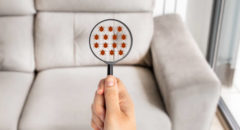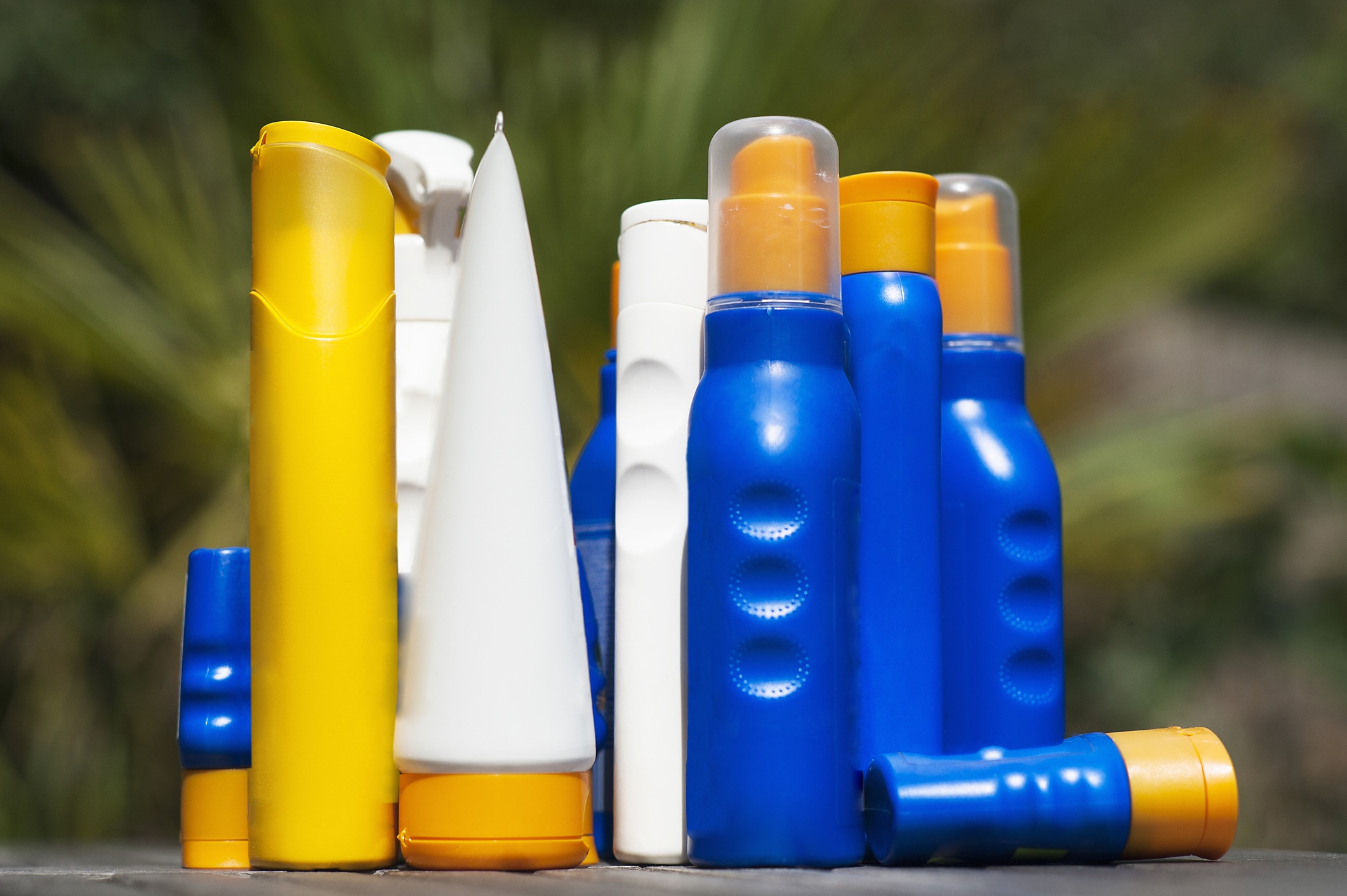
Could you be using, or even consuming, cancer-causing chemicals?
Consumer health groups have studied many household products and warned that they contain carcinogens, or ingredients known to cause cancer.
Here are the prime products to send packing, along with safer replacements to substitute:
1. Nonstick Cookware
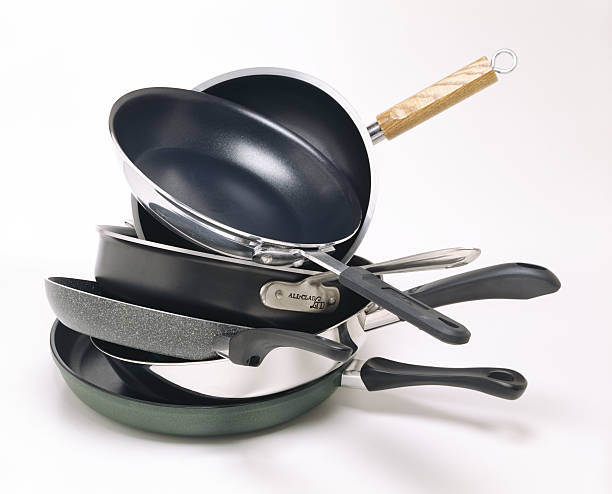
Pots, pans, and other cookware made with a nonstick coating (Teflon) have been controversial for many years. The main chemical in nonstick coatings is perfluorooctanoic acid (PFOA), which is known to cause cancer.
The question has been whether enough PFOA gets into the human body from pans to pose a risk. Some experts believe that PFOA and as many as 15 other chemicals can be released when cooking with these coatings, particularly at high heat. Other concerns involve whether the chemicals can get into food once the surface becomes scratched and nicked over time.
The EPA has called on manufacturers to phase out PFOA, but it hasn't happened yet.
The takeaway: Don't use nonstick pans to cook foods over 300 degrees, and toss them when the coating gets scratched.
Safer substitute: Glass, cast iron, copper, and ceramic or porcelain-coated pans are all safe. There are also lines of nonstick cookware made with other surface coatings (often ceramic, titanium, or both) that are PFOA-free.
2. Mattresses
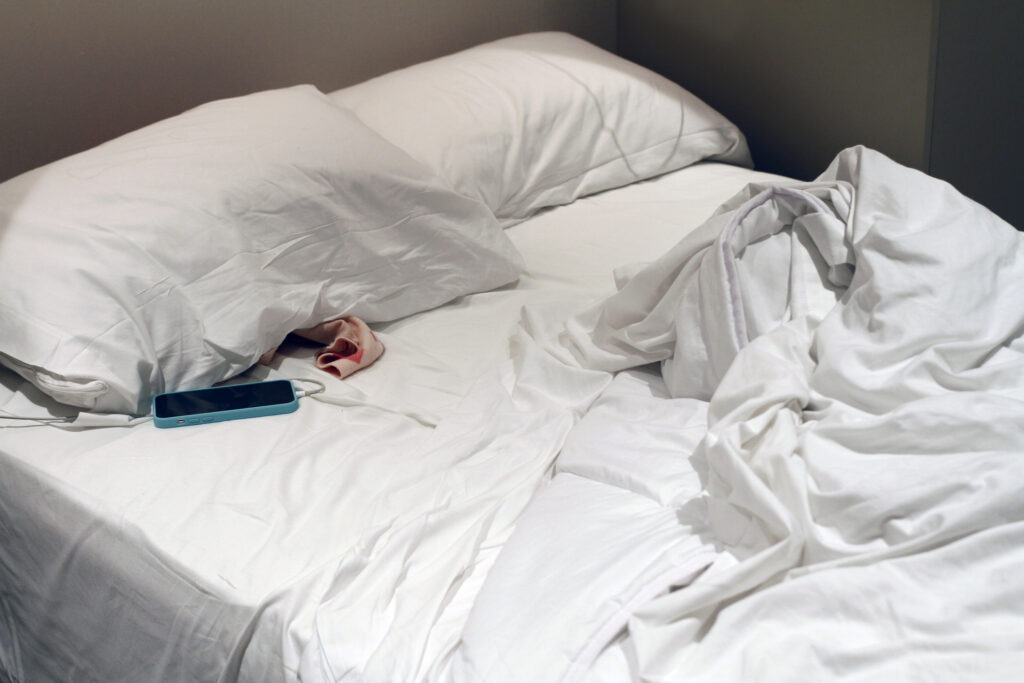
Manufacturers often add flame retardants to furnishings to slow the spread of household fires, meaning many mattresses are coated in those chemicals that we breathe in while sleeping.
The National Institute of Environmental Health Sciences states that prolonged exposure to flame retardants can lead to different types of cancer, reproductive issues and can impact child development.
“But before panicking and purchasing a new mattress, note that your current one has likely been off-gassed—when the gas that was contained in the material is released—since you bought it,” says Madhurima Anne, M.D., hematologist and oncologist at Jersey Shore University Medical Center and Ocean University Medical Center. “When it’s time to replace it, look for mattresses made without flame retardants or increase ventilation in the room for your new mattress to off-gas. One way to increase ventilation is to open the windows and put on a fan.”
RELATED: Throw These Bathroom Items Away…Now
3. Cosmetics

Your makeup bag and medicine cabinet may be hazardous to your health, containing chemicals that are known carcinogens. Philip Landrigan, Dean of Global Health at Mount Sinai School of Medicine, advises avoiding the "dirty dozen" toxic chemicals in skincare listed in National Geographic's Green Guide, including:
- Antibacterials
- Formaldehyde
- Hydroquinone
- Mercury
- Lead
- Parabens
- Phenylenediamine
- Coal tar
- Diethanolamine
- 1,4-Dioxane
- Nanoparticles
- Petroleum distillates
According to Landrigan, chemicals belonging to a class called phthalates are among the biggest culprits in beauty products because they mimic the action of our natural hormones. Phthalates such as dibutyl phthalate (DBP), dimethyl phthalate (DMP), and diethyl phthalate (DEP) are used in beauty products as "plasticizers," to harden nail polish, help hair spray adhere to the hair, and fix scent in perfumes. Phthalates are also found in the flexible plastic bottles in which shampoo, lotion, and other beauty products are stored, and they can leach into the contents.
Another of the worst offenders is lipstick, which may contain lead and is known to cause numerous health problems, including cancer. In response to a public health effort by the Campaign for Safe Cosmetics, the FDA recently conducted two separate investigations testing lipsticks for lead, and the results were pretty scary. Lead was detected in every single one of the lipsticks tested, and not in small amounts. The first FDA test revealed lead levels up to 3.06 ppm (parts per million), and the second test found lead levels up to 7.19 ppm.
Lastly, be aware that beauty labels are not always honest. In one recent study, keratin-based hair straighteners labeled "formaldehyde-free" were found to contain formaldehyde. While the levels found were fairly low, stylists are at risk because of repeated exposure.
Safer substitute: The generic term "fragrance" can cover a lot of chemical additives; choose fragrance-free products or fragrances made from botanical ingredients. Natural skincare and beauty companies sell natural and organic skincare lines that list their ingredients transparently and are free of phthalates, heavy metals such as lead, and other toxic chemicals.
RELATED: The 10 Unhealthiest Places In Your Home
4. Plastic
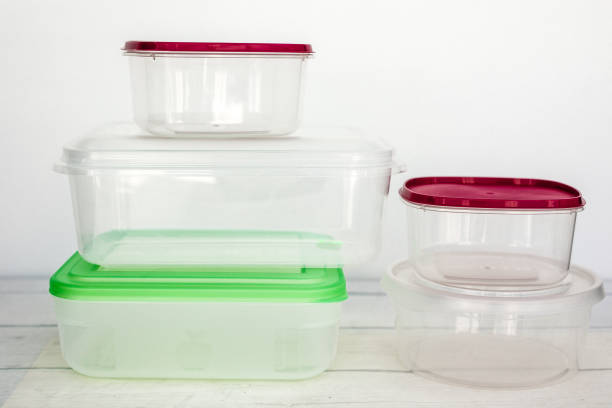
BPA, or bisphenol A, has been in the headlines endlessly over the past couple of years, but that doesn't mean we know what to do about it, since the news has been both alarmist and confusing. Here's the lowdown: BPA is a phthalate and a synthetic estrogen linked to cancer, reproductive problems, and heart disease.
In 2010, the President's Cancer Panel recommended that consumers not use water bottles and other containers made with BPA and urged that the ingredient be removed from commercial production, but that has happened in only a handful of states. Still, BPA-free bottles are now manufactured by all of the major bottle manufacturers, and BPA-free bottles are fast becoming the norm, at least where they are available.
Unfortunately, BPA has been much slower to phase out in other products, such as the lining of cans. Because BPA can react with the metal of the cans, and cans are heated as they're sterilized, canned food is "high risk" for BPA.
Another ingredient used to make plastics more pliable is diethylhexyl adipate (DEHA), which is also classified as a possible carcinogen. DEHA is in almost all plastic wraps and has properties similar to phthalates, like BPA. Unlike BPA, it has yet to be phased out of most products.
Heating plastic does make it more likely that any chemicals contained in it will be released into food, so do not microwave food in any plastic container, and don't cover bowls and other containers with plastic wrap when heating.
Safer substitute: Look for "BPA-free" on labels. Use metal water bottles when you're out, and a filtered water pitcher when you're home. Or get a built-in filter attachment for your faucet. Microwave food in glass or ceramic containers.
RELATED: The Scary Chemicals Hiding In Your Couch
5. Garden & Lawn Chemicals
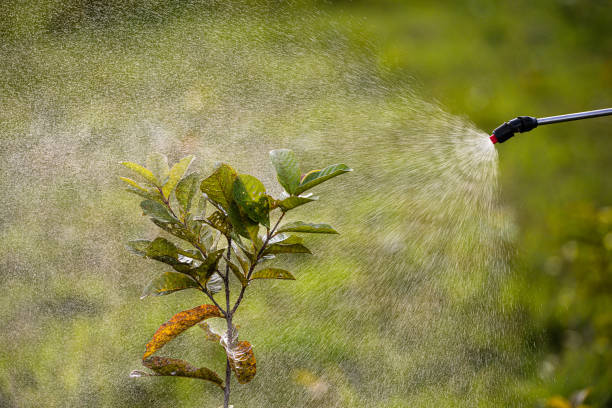
Several common ingredients in pesticides and weed killers have been linked with cancer and Parkinson's. A 2009 study found a higher incidence of brain cancer in children whose parents had extensive prior exposure to pesticides, herbicides, and fungicides, either at home or at work.
The researchers identified the pesticides and herbicides classified by the EPA as probable or possible human carcinogens (including chlordane, heptachlor, tetrachlorvinphos, carbaryl, propoxur, lindane, dichlorvos, phosmet, and permethrin) as the likely toxins responsible the children's cancer.
Parkinson's is also being studied for links to pesticide exposure. One study found that people diagnosed with Parkinson's are more than
twice as likely to report pesticide exposure than people not diagnosed with the disease. In-home insecticides have also been studied for links to cancer.
One study found that elevated levels of two chemicals used in pest bombs, known as "total release foggers" or TRFs, were detected at high levels in the urine of children with leukemia. The EPA now tracks illnesses and deaths associated with foggers, and many states are working to get them reclassified as limited-use products.
Safer substitute: Learn to garden organically, and pull weeds by hand. If you have a pest problem in the house, do your best to control it with natural repellents, or at least without airborne sprays. If you have to spray or bomb, send everyone away and air the house out for a day before coming back in.
RELATED: 10 Easy-to-grow Plants to Start Your Garden
6. VOC Paint

According to the EPA, paints, varnishes, waxes, and some cleaning supplies contain volatile organic compounds (VOCs), which are known to cause cancer.
"VOCs are emitted by a wide array of products numbering in the thousands; examples include paints and lacquers, paint strippers, cleaning supplies, pesticides, and building materials and furnishings. . . ."
VOCs release organic compounds into the air while you're using them, and to some degree afterward, at least while drying. Probably the worst of these chemicals is methylene chloride, which is a documented carcinogen in animals, and benzene, which is documented for cancer in humans. Methylene chloride is in most paint strippers, adhesive removers, and aerosol spray paints.
Another danger of this chemical is that it is converted to carbon monoxide in the body and can therefore cause the symptoms of carbon monoxide poisoning. Benzene is in stored paint supplies and fuels.
Safer substitute: Paints labeled "low-VOC" are safer than regular paints. But one brand of paint, Mythic, contains no toxins, carcinogens, or VOCs; it's so safe that it meets LEED green building standards. If you must use paints and other products containing VOCs, work outdoors or in the garage when possible (such as when refinishing a piece of furniture). Adequate ventilation is key, so when painting indoors, open all the windows and doors and turn on fans. Tip:Paint in the spring and summer, when it's warm and you can air out the house.
7. Radon

An odorless, radioactive gas that's produced by the natural decay of uranium, radon is more common than you might think. After smoking, it's the leading cause of lung cancer in the United States, according to the Environmental Protection Agency, which has found that nearly one in three homes checked in seven states had radon levels over 4 pCi/L, the EPA's recommended action level for radon exposure.
Radon is a naturally occurring radioactive gas that comes from rock and soil; well water can also be a source of radon, as it's water-soluble.
The only way to find out if there's radon in your home is to test for it. Call the National Safety Council's National Radon Hotline at (800) 767-7236 and they'll send you a low-cost radon detector; inexpensive models are also available at most hardware stores.
Safer substitute: There's no safe substitute for radon; you don't want it in your home. Getting rid of it once you detect it is a job for professional radon mitigators.
Visit the BlackDoctor.org Home Health center for more articles.





